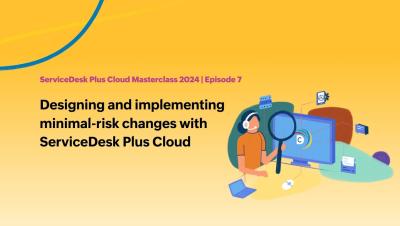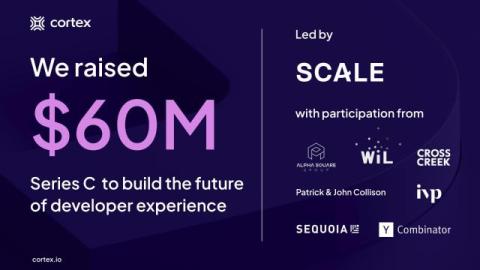E7: Designing and implementing minimal-risk changes with ServiceDesk Plus - Masterclass 2024
In the seventh episode of Masterclass 2024, we'll learn how to set up the essential configurations of change enablement in ServiceDesk Plus. We will learn how to create different change templates for various types of changes, then begin designing relevant change workflows on a visual workflow builder. We will also discuss what a change advisory board is and how to associate multiple people with a change request through change roles.











